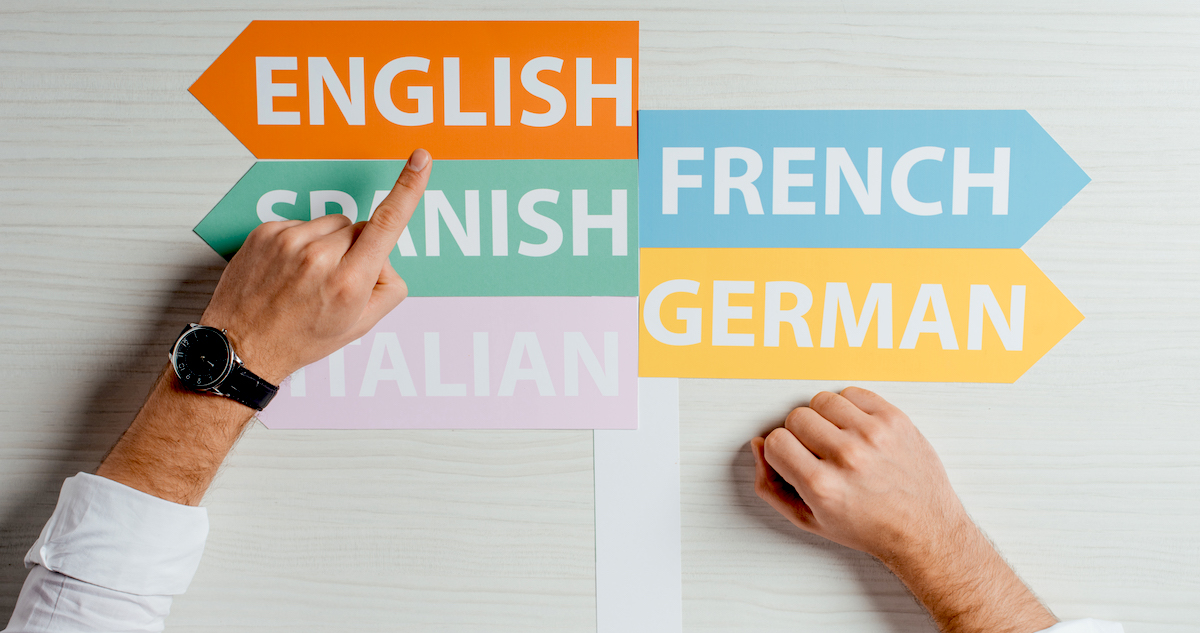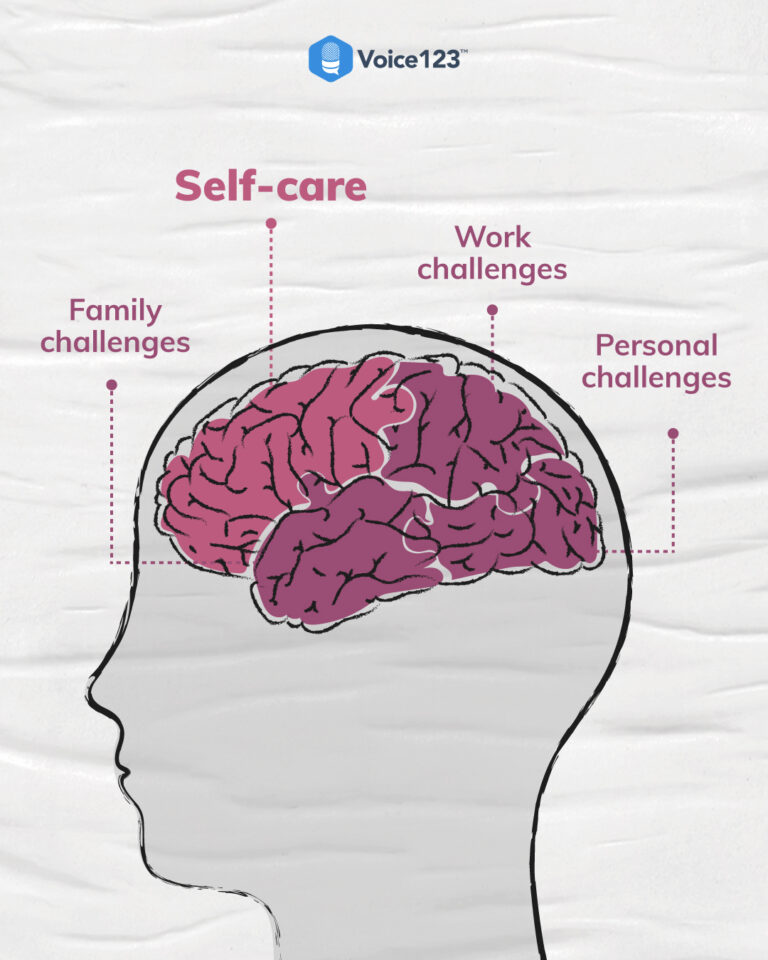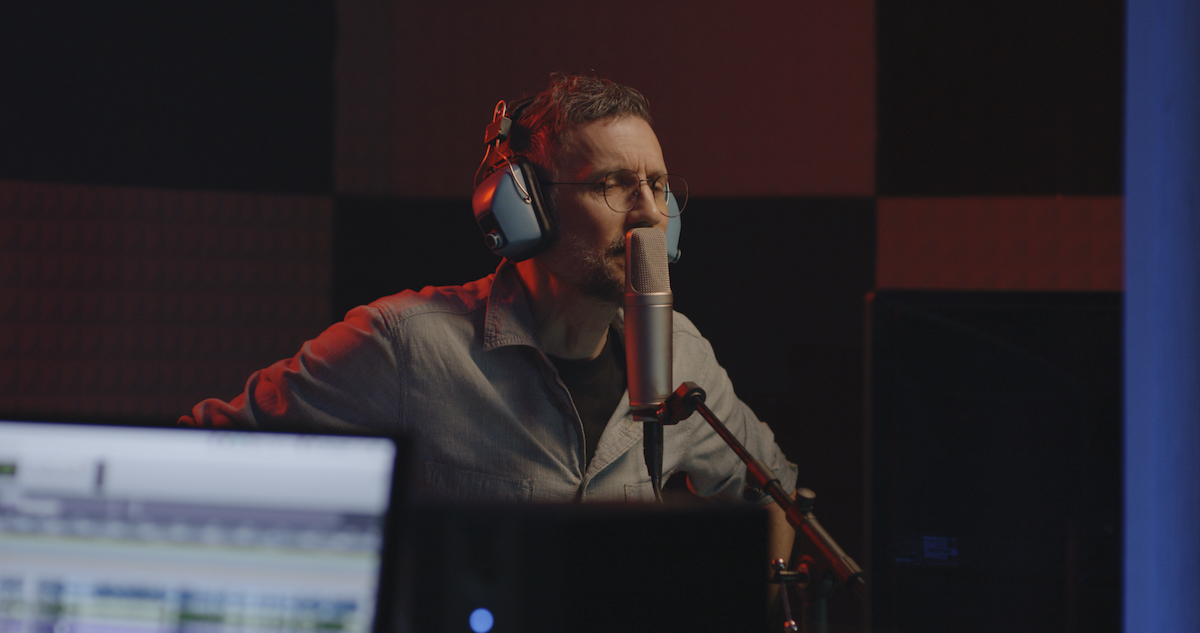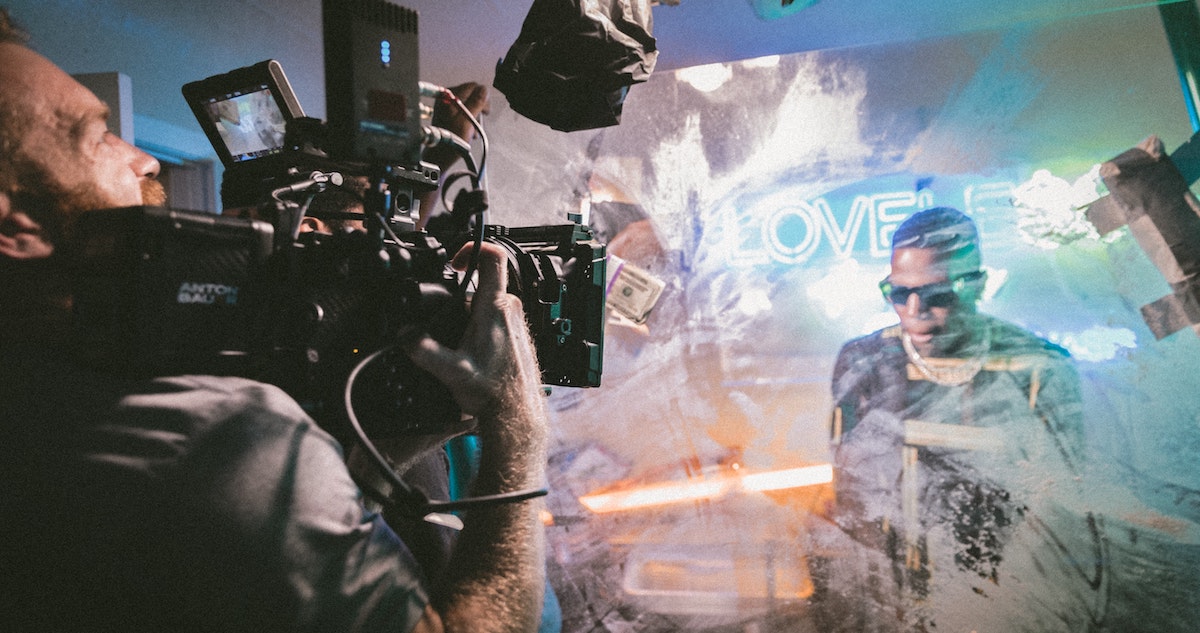Amidst a multilingual age, knowing how to hire a translator and how much it costs is a fundamental business practice for global brands. Which requires much more than sifting through employee records for a bilingual employee. Worldwide the need for professional and accurate translation has hit an all-time high. However, pop hire a translator into a quick google search and you’ll get thousands if not millions of hits. With such a chasm of options at your disposal, the next question is, where do you start?
In this first part of this Voice123 How-to series, we’ll take an in-depth look at the steps you need to follow to hire a translator.
Start with an objective

All translation projects must start with an objective. To find your project’s objective, consider three situations.
Situation 1: Is your project a live presentation, conference, or seminar delivered in front of a foreign-language audience? If so, you need freelance translators to provide real-time translation. The translator will instantly convert the language being spoken to the language of the audience. Although, several different translators may be required to address a multilingual audience.
Situation 2: Do you need to send documents like business contracts, white paper, or legal paperwork like NDAs and disclaimers to foreign language clients or employees? These tasks could be done either remotely or in-office depending on the level of confidentiality required. If you opt for the remote route, you either email or upload the documents to a folder that both you and the translator have access to.
Situation 3: Are you meeting with foreign clients, or business executives, or considering global mergers? Then you need freelance translators to communicate both conversationally and in real-time. The translator will also need to travel or attend events with you to establish communication with whomever you speak to.
Once you’ve set your end goal, the next step is the translator’s requirements.
Should you hire a translator that’s native or non-native?
Both native and non-native language translators have unique skills and abilities. However, translation isn’t just about converting words and grammar from one language to another. It also focuses on the nuances of the language. In this area, native translators have certain advantages. Their organic understanding of the language makes them more familiar with its culture and colloquialisms. So, they can pick up when translated words are unnatural or awkward. In some cases, naturalness supersedes grammar usage. A translation could make grammatical sense, but not natural sense which sometimes creates hilarious deviations from the original language.
The 1997 romantic comedy film As Good As It Gets echoes off-target translation. In Hong Kong, the English title was translated as Mr. Cat Poop. The translation stems from the lead character’s English name Melvin. Which has a similar pronunciation to the Cantonese expression for cat poop. In this case, the translation was technically correct, but the result deviated from the original language intention.
KFC’s finger lickin good slogan is another translation example. This translated to, eat your fingers off for the Chinese market.
A translated version can brand your business either negatively or positively. So, in addition to accuracy, localization plays an equally important role in reaching multiple markets. Before choosing your freelance translators, consider:
- Does the translator understand the culture of the language?
- Do I want my translation to sound more natural than accurate or more accurate than natural?
- Will a non-native translator meet the level of naturalness I’m looking for?
Whether you choose native or non-native speakers when you hire a translator, first consider your priority language.
For example, a French translator will find it easier to translate from Italian which is their second language into French which is their first language. However, translating from French to native Italian poses a problem with naturalness. A French translator has extensive knowledge of their native language’s nuances but not necessarily of their second language. In a nutshell, focus on your target language and the effect the translation will have on the native audience.
Should you hire a translator or just use AI?
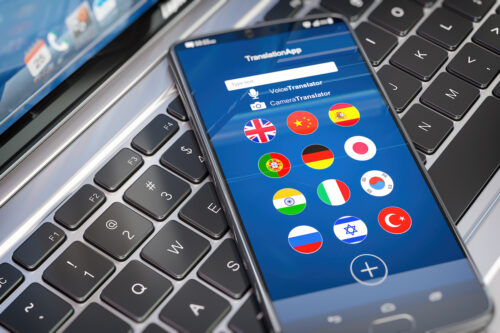
AI tools are designed to convert text from one language into another. However, these tools follow a preprogrammed set of rules without deviation. By comparison, human translators convert text according to their understanding of an audience and its culture. Adjusting the text wherever necessary to suit the audience.
Using a human or AI translator rests on the project. For example, AI software can be cheaper and time-saving for document translation. While freelance translators are a better option for live translation. It can improve productivity, and interaction, and energize your brand at business expos or conferences. Here are the top three options along the AI route.
Despite the sometimes funny, and otherwise awkward interpretations Google Translate is a well-known software translation service used globally. For instant translation or communication, this is your good-to-go app.
Translate press is a free translation website that translates words and URLs. It can translate just about any website into a language of your choice. You can even translate your WordPress website into various languages.
Bing translator is a smaller translation tool from Microsoft that offers 70+ languages. However, it does cover most of the commonly used languages. So, there’s a good chance it has the language you’re looking for. Regardless of the tool you opt for, keep in mind that the result will vary depending on the project’s material, budget, and target language.
How much does it cost to hire a translator?
According to the ATA (American Translators Association), there are no going rates in translation. This is because market prices vary depending on the language and difficulty of the text. The Translation Company, however, provides a helpful rates sheet with a more-or-less guide to different translation rates in different countries. Three examples are:
- Language – Danish
Translation rate per word – $0.26
Minimum fee per project – $100 - Language – Chinese Simplified
Translation rate per word – $0.12
Minimum fee per project – $50 - Language – Czech
Translation rate per word – $0.20
Minimum fee per project – $70
Translation rates in the U.S typically range between $0.09 to $0.40 per word.
Final thoughts
Language translation is a tool that transcends language barriers. It also cements relationships which are an integral part of human communication. Creating a seamless transition from the project, to the language to the target market. To hire a translator you need to weigh the cost, deadline, and language quality you expect. So your AI tools and freelance translators should balance their expertise with accuracy and naturalness. All vital components of translation. An unprofessional translation from either a human or AI could have a damaging effect on your brand’s image. A few key translation points to look out for are:
- Language accuracy
- Ability to meet the deadline
- Looks beyond the literal word-to-word translation
- Understands the language context and captures its essence
Now that you know how to hire a translator to best suit your project, it’s time to hire a voice actor to bring the project’s voice to life. And there’s no better platform than Voice123 to take care of all your voice over needs. You can post a project for free, listen to available voice over samples, and even request custom auditions.
With that in mind, we’d like to take this opportunity to wish you the best of success as you steer your way through the world of translation.


